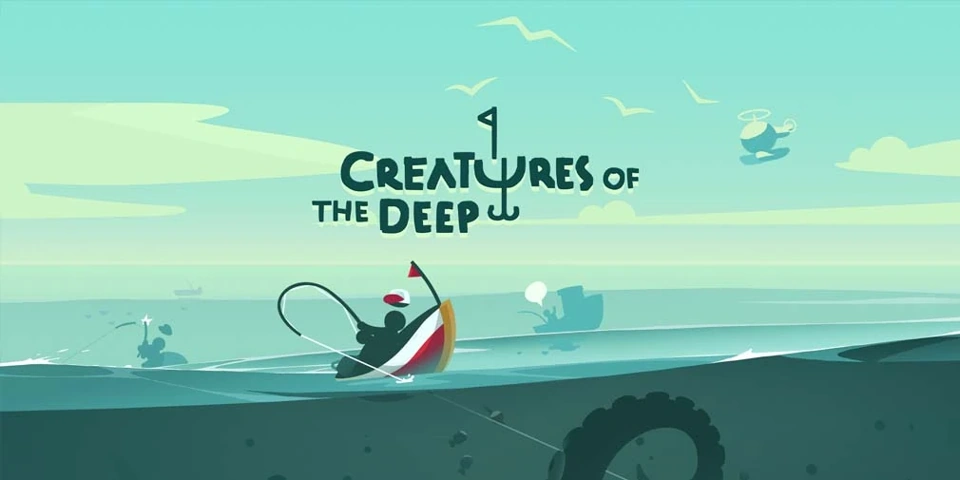The earth has many different oceans, but there is just one that is different from the rest. The Western Pacific Ocean is the deepest ocean on earth. The deepest part of that ocean is called “The Challenger Deep”. Just imagine how many creatures are down there waiting to be discovered. Here are ten that have already been seen and studied.
- Starting with the Anglerfish, ranging in color from dark gray to dark brown, deep-sea species have large heads that bear enormous, crescent-shaped mouths full of long, fang-like teeth angled inward for efficient prey-grabbing. For example, they use their fishing rod light to lure the prey in, and when they are close enough it snaps.

- Next up on the list is the Frilled Shark, they are dark brown or gray above, sometimes lighter below, and have six pairs of “frilly” gill slits where the first-gill slit is joined under their jaws forming a sort of collar. Also, they use their body to brush up against a rock to be able to swallow their prey whole with their flexible jaws.
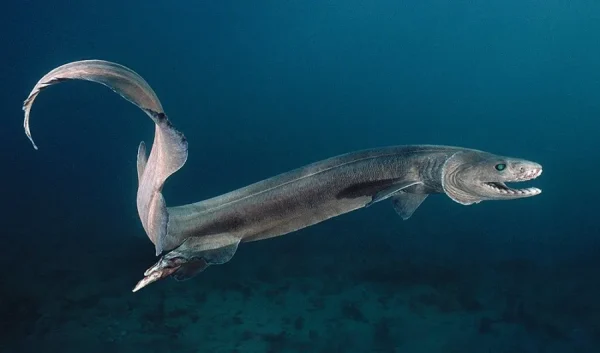
- A Vampire Squid has huge, bright blue eyes, and dark color, and the velvety, cloak-like webbing that connects its arms gives the vampire squid its common name. They extend their two thin filaments covered in adhesive mucus, then pull the prey through their arms and feed on it.
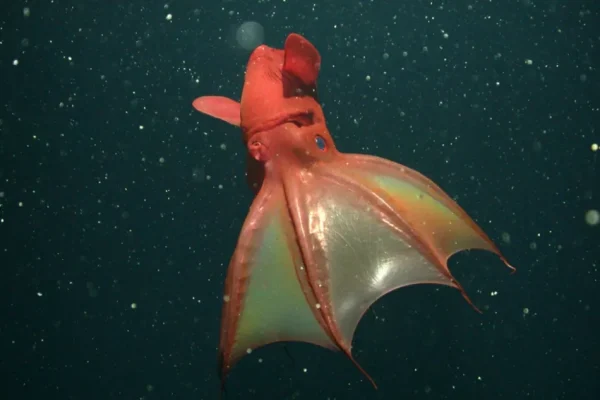
- The Fangtooth Fish has long, menacing fangs, but the adult fish is small, reaching only about 6 inches (17 cm) in length. It can sense its prey swimming by, so it opens its mouth and sucks its dinner inside.
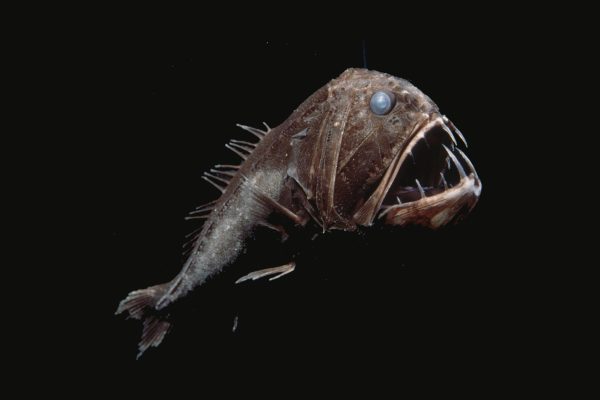
- The Stomiidae Fish has rows of light organs or photophores along the lower sides of the body, large jaws with prominent canine and sometimes fang-like teeth, and a chin barbel usually tipped with a bioluminescent lure. They prefer to lie and wait for their prey so that they can ambush unsuspecting fish.
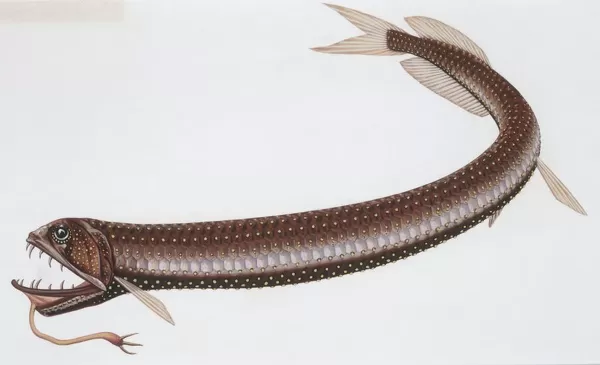
- Continuing with Comb Jellies, they have a beautiful, oval-shape with eight rows of tiny comblike plates that it beats to move itself through the water. As it swims, the comb rows break up (diffract) light to produce a shimmering rainbow effect. Also, they use their sticky cells that are lined on their tentacles to capture the prey and move it up the body for digestion.
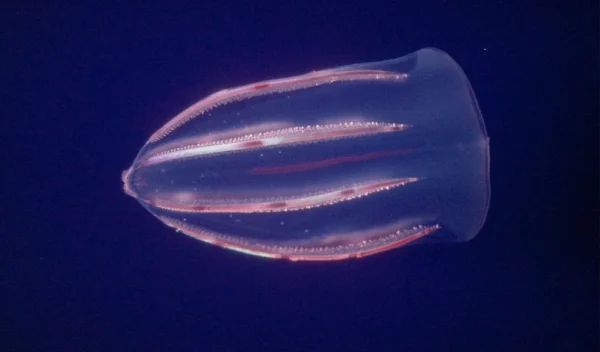
- The Giant Isopods are invertebrates with dorso-ventrally compressed bodies that are protected by thick and strong calcareous exoskeletons composed of overlapping segments. It jumps on its prey and uses its complex mouth to cut and tear.
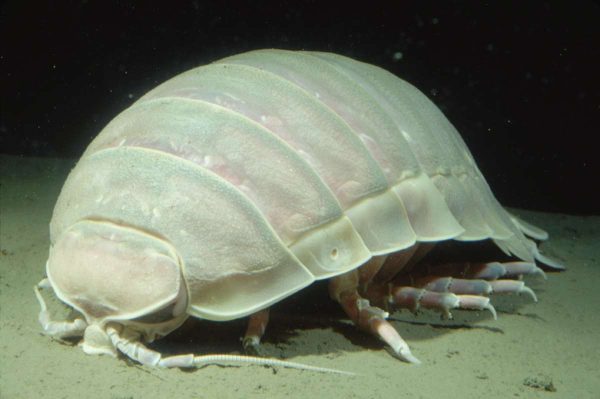
- Sea Cucumbers have elongated, cucumber-like bodies that are thickest in the middle. They have distinct front and rear ends, with 10 finger-like tentacles around their mouth. The hairy sea cucumber is dull brown and grows four to five inches long. Its fat, rounded body is covered with tube feet. It uses its tentacles to capture tiny animals like (zooplankton).
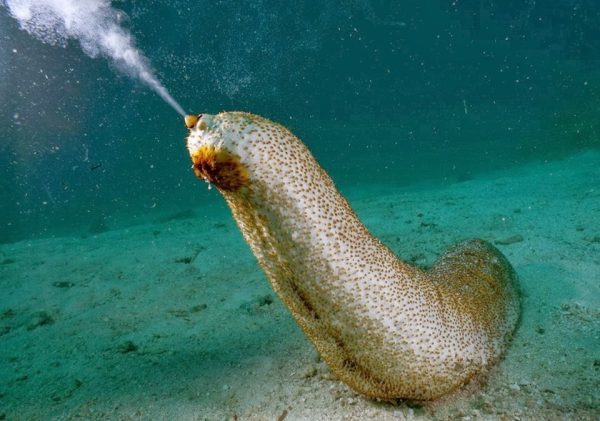
- Cusk Eels lurk along the muddy bottom. With bulbous heads and elongated tails, some are homely creatures with an almost ghost-like appearance. They use their feeler-like pelvic fins as a sensory device. They wiggle around searching for food and as the fish swim along the bottom they open their mouths and swallow the fish.
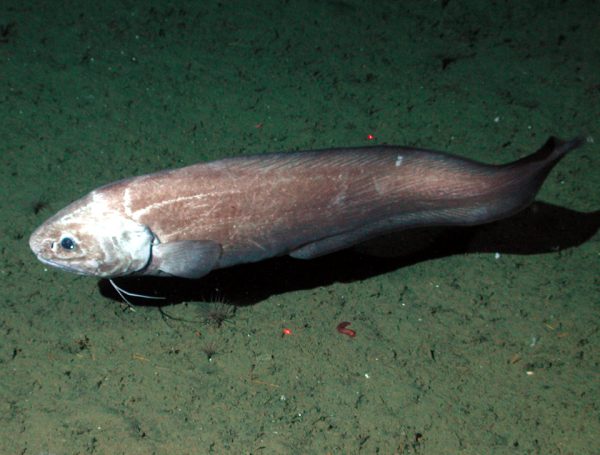
- Lastly, the Dumbo Octopus has a semi-translucent body with an internal “U” or “V” cartilaginous shell or mantle, which gives them some shape. Some Dumbos are short, squat, and yellow, while others resemble a sea jelly with one giant, brown, walking shoe. pounces on its prey and swallows them whole!
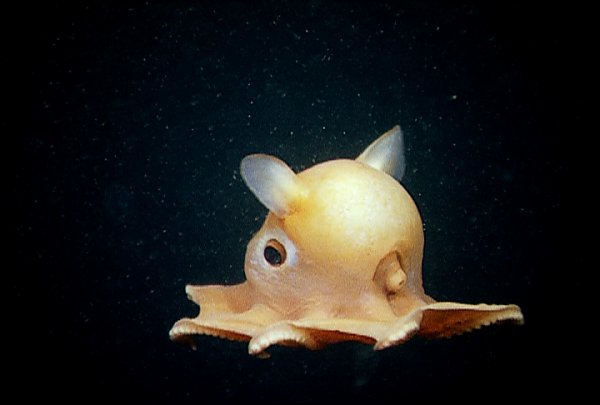
In conclusion, these are some underwater creatures that have been discovered living in “The Challenger Deep”. I also list each name, and their appearance and explain how they hunt their prey. These are very interesting facts about creatures that we can not see every day on your local beach or river. You would have to go to this specific ocean to find these very unique creatures.


